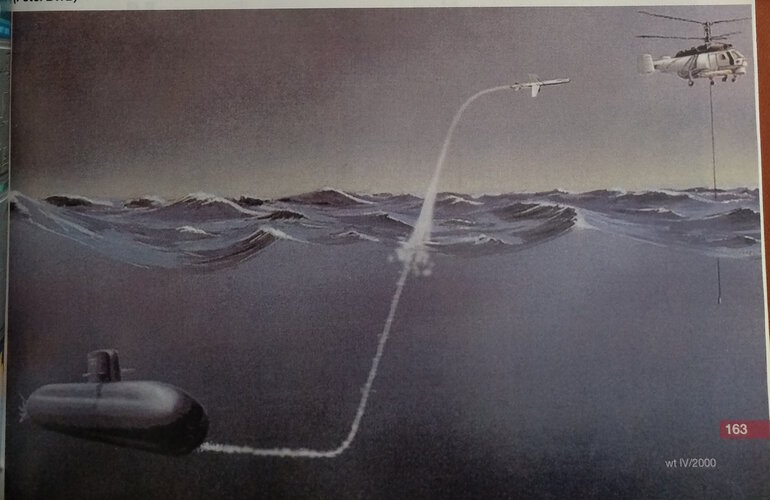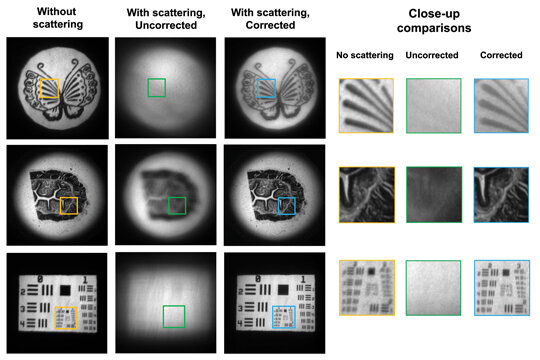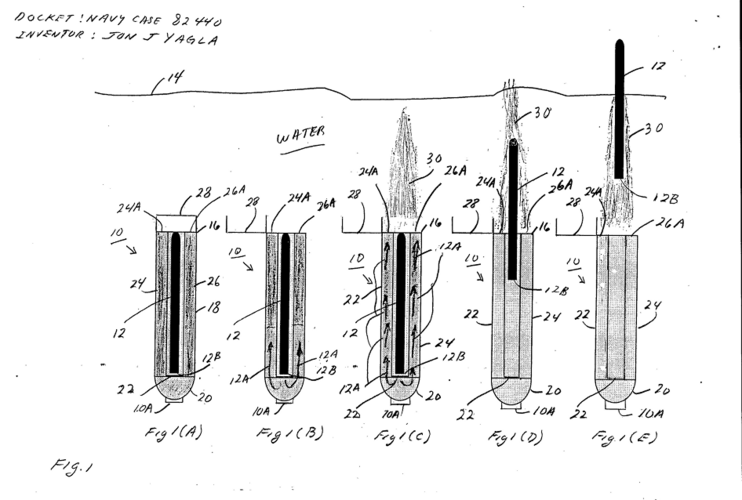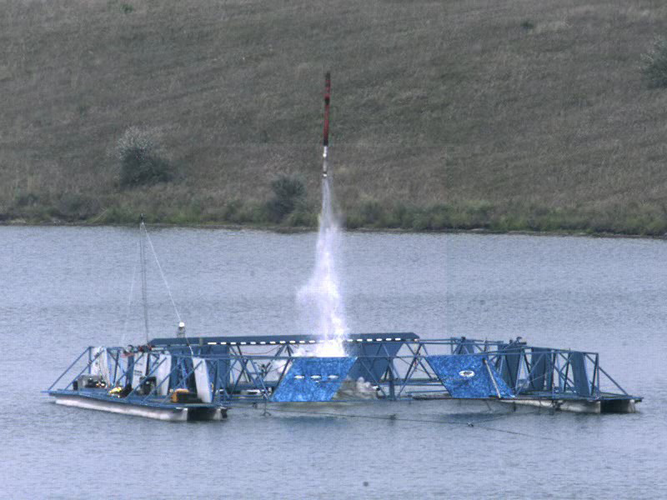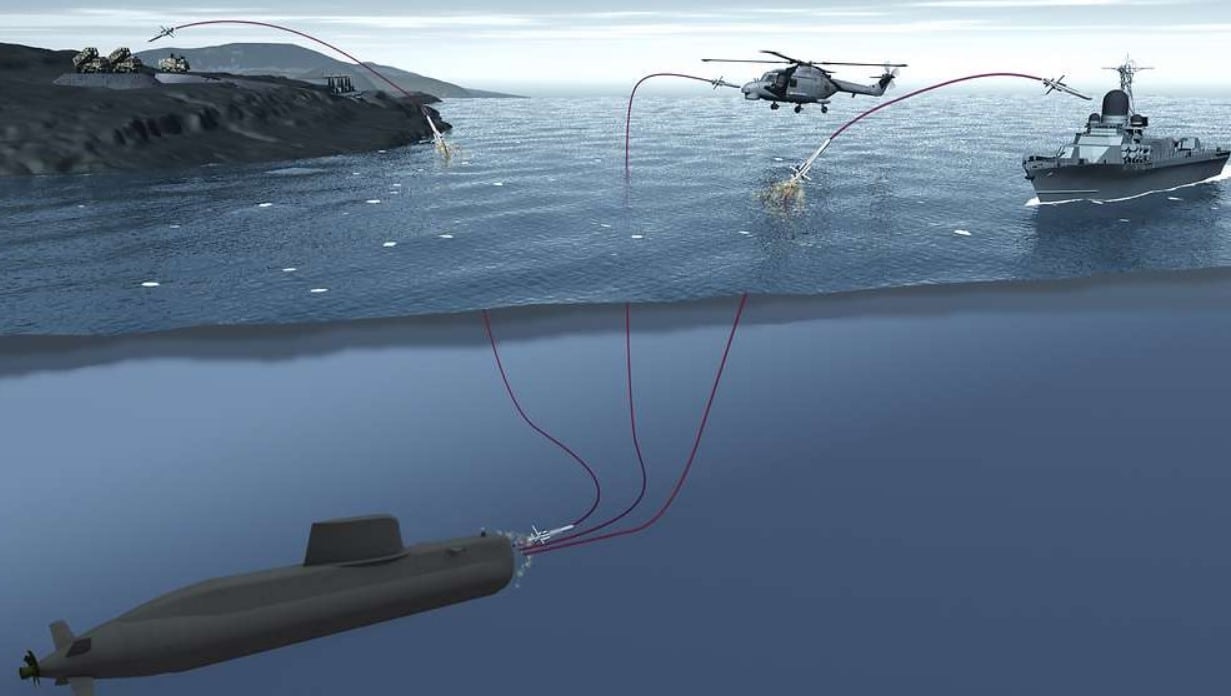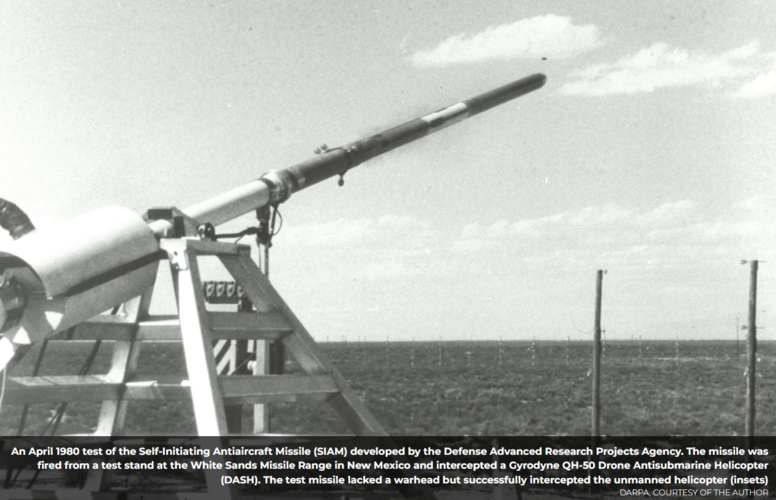Well, you want the capsule to be noisier than the sub.
Speaking of visibility
Engineers from Rice University and the University of Maryland have created full-motion video technology that could potentially be used to make cameras that peer through fog, smoke, driving rain, murky water, skin, bone and other media that reflect scattered light and obscure objects from view.

phys.org

apps.dtic.mil
I could see a sat warning a sub in advance of aviation and the sub pre-deploys the float in advance.
Several floats could also be placed in choke points in peacetime.
The ASW may be so focused on looking for a sub that it just…goes quiet.
With more sat-to-sub partnerships that are line of sight (cone) the ASW’s job gets much harder.
As for hunter killers, boomers might go from sea-floor smoker to sea-floor smoker.
I want noise to hide in.

